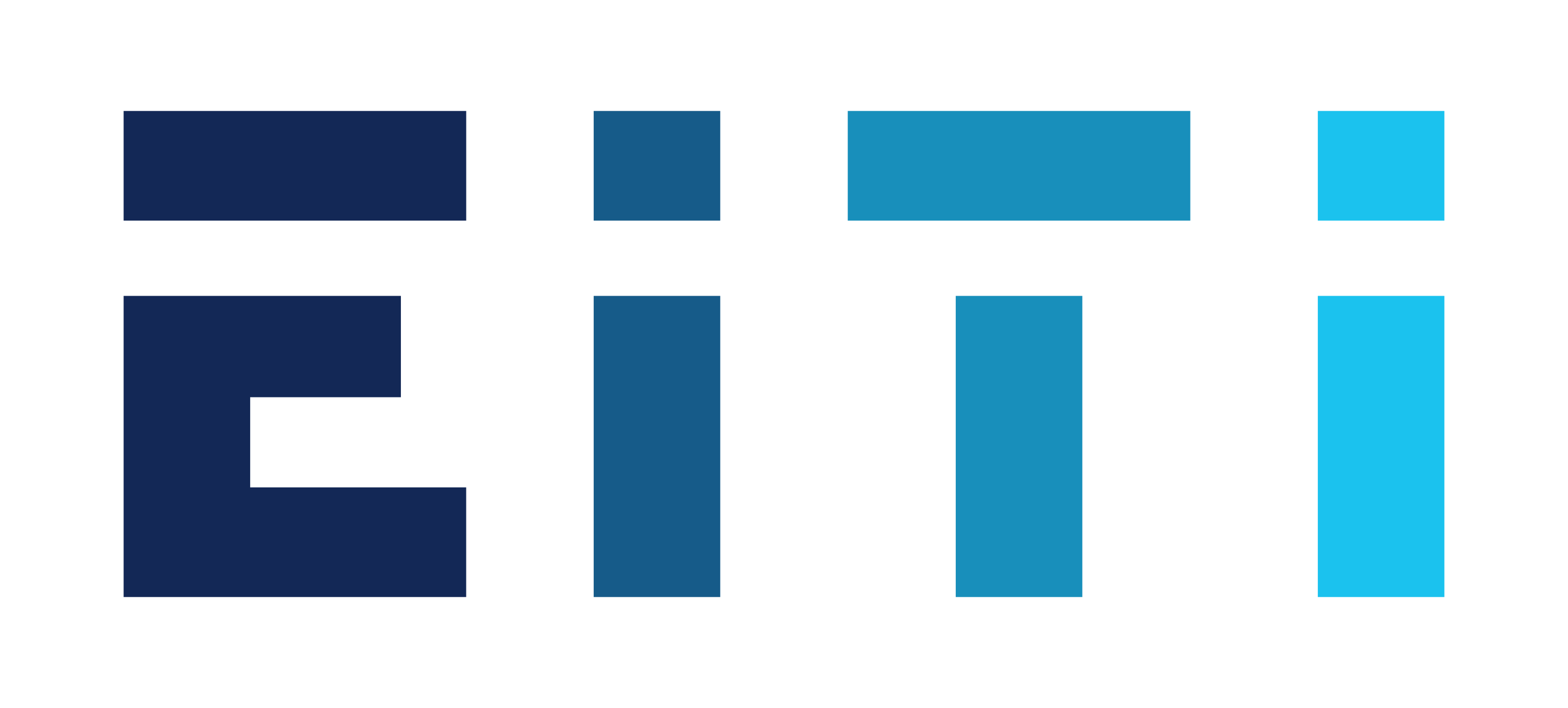
The EITI is working to have a new edition of EITI Rules available in time for the EITI Global Conference in Paris 2-3 March. All EITI stakeholders are invited to submit their suggestions and comments. The EITI Rules, available here in word format, includes changes that have been proposed by EITI Board working groups and committees. Comments should be sent to secretariat@eiti.org by 22 January in order to be considered in time for the EITI Global Conference in Paris 2-3 March.
The preface explains the aims of these proposed revisions of the EITI Rules:
Preface to the EITI Rules, 2011 Edition
During the two years since February 2009 and the first edition of EITI Rules was published, the EITI has come a long way. The number of countries implementing the EITI has grown rapidly, and the EITI is being applied in new and innovate ways. Over 50 EITI reports have been published, and the majority of countries have completed a validation exercise to assess their compliance. Through validation, several countries have been designated as compliant; others have identified the steps needed to achieve that goal.
This edition of EITI Rules sees the introduction of a new chapter on EITI requirements. This chapter – coming after EITI Principles and Criteria and before the Validation Guide - sets out with greater clarity the requirements that implementing countries and their stakeholders have to meet in order to become EITI Compliant. The requirements themselves are not new, and were previously embedded in the Validation Guide. The Validation Guide has also been extensively reworked and simplified, providing validators with instructions on how they should validate that the EITI requirements have been met.
Since the Validation Guide was agreed in 2006, the EITI Board has agreed a number of clarifying rules, which have been communicated in EITI Policy Notes. The first four Policy Notes were included in the previous edition of EITI Rules and this edition includes a fifth note, on voluntary suspension. Some of the key clarifications communicated through the Policy Notes can now also be found in either the chapter on requirements or in the Validation Guide. To give an example, the EITI Board agreed in May 2008 the Validation deadlines and these were communicated in EITI Policy Note 3. Information regarding these deadlines has now been incorporated into the new chapter on requirements and in the Validation Guide.
With improved clarity about the expectations on those implementing the EITI being a main reason for updating EITI Rules, every effort has been made to ensure that the new structure does not create any inconsistencies between this and earlier versions of the EITI Rules. As the new version of the rules comes into effect, the Board will take steps to address any inconsistencies in close consultant with implementing countries. It is expected that the rules will continue to evolve over time, taking into account new challenges and building on lessons learned in implementing countries.
In 2009 in Doha, the EITI Members Association was established through the adoption of the EITI Articles of Association. The early experience confirms that the Articles of Association have worked well. Following a governance review undertaken at the end of 2010, some minor changes have been proposed by the Board and are reflected in this edition of EITI Rules. The constituency guidelines have also been updated.
As the implementation of the EITI has grown, so too has of the number of stakeholders involved with the EITI. Even if the changes to our rules communicated through this edition of the EITI Rules are mainly of clarifying nature, they are the results of extensive consultations and deliberations by the EITI Board and other stakeholders. To everyone that has been involved I express tremendous gratitude on behalf of all of those we hope will benefit from the implementation of the EITI.
Related content





